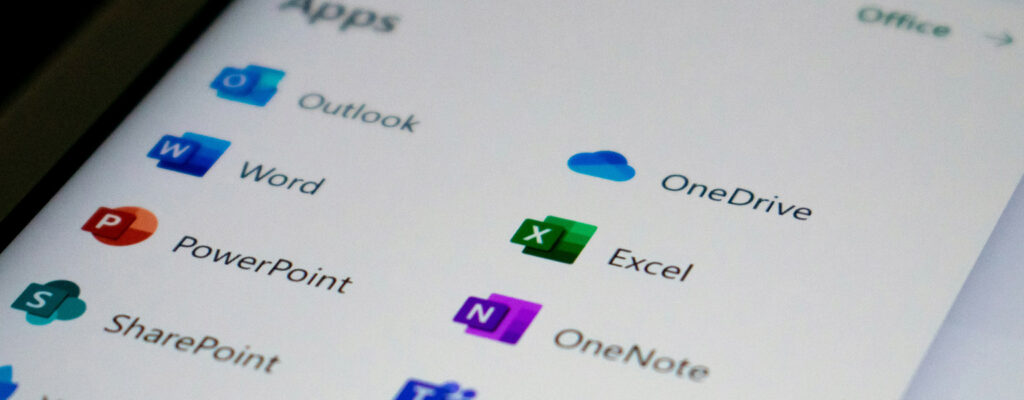What is the 3-2-1 Backup Rule? (and Common Mistakes to Avoid)
Contents
Key Takeaways
What the 3-2-1 backup rule is and why NIST and the NCCoE call it a cornerstone of resilient data strategy.
How SMBs can use it to prevent data loss from ransomware, hardware failure, or human error.
Practical ways to apply 3-2-1 in hybrid cloud + on-premise environments.
Common mistakes businesses make when they think they’re following 3-2-1 but aren’t.
Data is the lifeblood of every modern business, and for small and mid-size businesses (SMBs), losing it can mean the difference between a temporary setback and permanent closure. That’s why the 3-2-1 backup rule is widely adopted in cybersecurity best practices and guidance from standards bodies. It’s simple, robust, and aligns well with NIST’s recommendations for backups that are “conducted, maintained, and tested.”
What Is the 3-2-1 Backup Rule?
At its core, the 3-2-1 rule is a best-practice framework ensuring your data is safe, redundant, and recoverable when things go wrong. Think of it like making extra keys, storing them in different spots, and keeping one in a safe place far away.
A backup, as defined by NIST, is “a copy of files and programs made to facilitate recovery if necessary.” (NIST Computer Security Resource Center) The 3-2-1 rule builds on that principle by enforcing redundancy, diversity, and geographic separation.
Breaking Down the Rule
3 Copies of Your Data
The first step: keep at least three copies of your data — the original plus two backups.
NIST/NCCoE guidance for MSPs and organizations includes the idea that backups should be maintained and tested regularly to support recovery and resilience. This protects against device failure, human error, or a ransomware encryption of your primary storage.
2 Different Media Types
The second element: store backups using two distinct media types — e.g., external drives, NAS, tape, cloud, etc.
By diversifying media, you reduce the risk of simultaneous failure (for instance, a firmware bug in a specific hardware class). NIST’s storage infrastructure guidelines list backups, archiving, replication, and immutability as key controls.
1 Offsite Copy
The final requirement: always keep one copy offsite. This is your defense against local events like fire, flood, theft, or facility damage.
FEMA’s “Ready Business” and continuity planning guidance emphasize the importance of offsite storage in disaster preparedness. Cloud-based backups are common, but even a physically separated server or tape can serve as your offsite node.
Why the 3-2-1 Rule Matters for SMBs
SMBs face the same threats as large enterprises—ransomware, hardware failure, and accidental deletion—but often with smaller budgets and fewer resources.
Downtime from ransomware is expensive: Datto cites an average cost of $126,000 in downtime per incident.
In practice, MSPs report that clients with reliable backup and disaster recovery solutions recover more successfully after ransomware attacks. Implementing 3-2-1 reduces data loss risk, shortens recovery time, and helps keep your business alive during emergencies.
Common Mistakes SMBs Make with Backups
Even when SMBs believe they’ve “set up backups,” many fall short of true resilience. Some frequent errors:
Confusing sync with backup. File sync solutions (Dropbox, Google Drive) mirror current states — they may replicate corruption or encryption during attacks.
Never testing restores. Backups that can’t be restored are useless. NIST and NCCoE emphasize regular testing as part of maintaining usable backups.
Storing all copies together. Multiple drives in the same room don’t protect against fire or theft. Geographic separation (via offsite or cloud) is essential.
How to Implement 3-2-1 in Today’s IT Environment
You don’t need an enterprise budget to follow 3-2-1. Many SMBs combine local and cloud solutions: e.g., a NAS device for on-site backups, plus encrypted cloud backup for offsite storage.
Managed Service Providers (MSPs) can automate backups, monitor cybersecurity, and perform scheduled restore tests, ensuring compliance and reliability without burdening your internal team.
To align with NIST’s CSF, the “Protect” and “Recover” functions emphasize backup/restore capability, resilience, and continuity.
Wrapping It Up: Backups Don’t Have to Be Boring
The 3-2-1 backup rule remains relevant in modern IT because it adds layers of protection against diverse threats. For SMBs, it’s one of the simplest yet most effective strategies to guard against data loss, ransomware, and downtime.
At Kelley Create, we help businesses implement 3-2-1 without the jargon or the stress. If you’d like help designing a backup plan that’s reliable, scalable, and audit-friendly, drop us a line. Because when it comes to data, prevention is always better than recovery.
FAQs
-
Yes. Even cloud solutions can fail due to misconfiguration, outage, or malicious activity. The rule ensures layered protection.
-
Backups store copies of data; disaster recovery is a broader plan for how to restore systems, applications, and business operations after an incident. NIST 800-34 specifically notes backup as just one piece of contingency planning.
-
At least quarterly. NIST guidelines stress the importance of testing recovery procedures, not just storage.
-
Yes — many SMBs self-manage cloud backup services. But MSPs simplify monitoring, compliance, and automated recovery testing.



